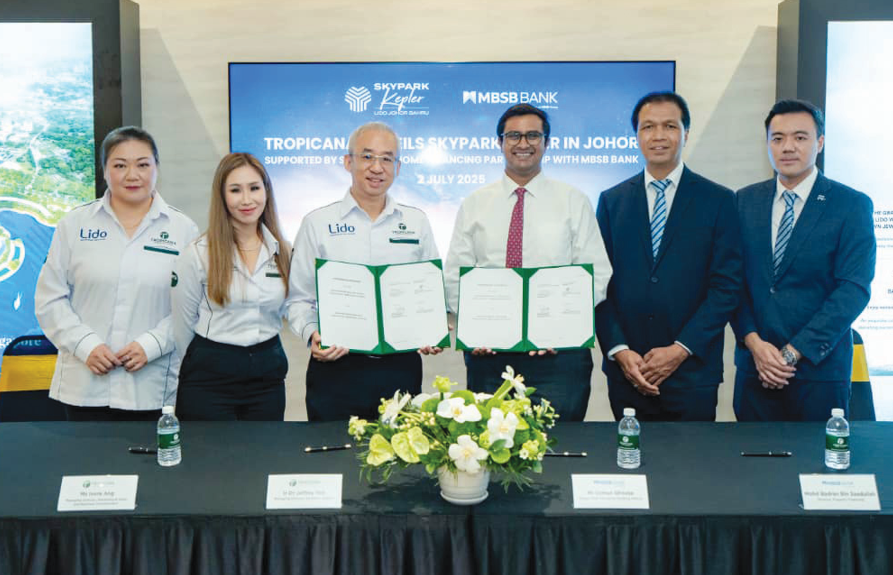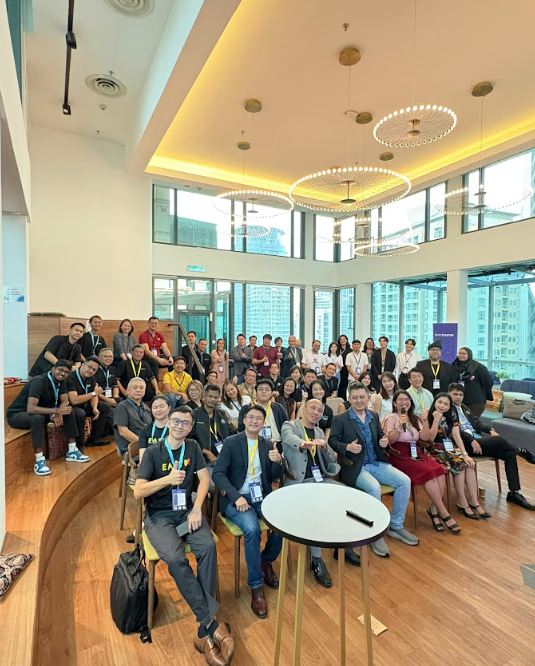Google announced a significant update on Monday at the ISTE edtech conference, introducing over 30 new AI-powered tools designed to enhance learning experiences in classrooms. These include a version of the Gemini AI app tailored for education, expanded access to Google Vids—a collaborative video creation app—and new management features for Chromebooks.
With AI tools like chatbots becoming widely used by students to complete homework, educators are facing new challenges in maintaining academic integrity. Colleges are questioning the effectiveness of current plagiarism detectors against AI-generated content. Google aims to help by promoting “responsible AI” that supports teachers and creates personalized, engaging learning opportunities.
New AI Features for Teachers and Students
Google’s Gemini AI suite is now free for all Google Workspace for Education users. It helps teachers brainstorm ideas, generate lesson plans, and tailor content to student needs. Upcoming tools will enable the creation of interactive study guides through Notebook LM, Google’s AI research assistant. Teachers can also develop customized AI “Gems” trained on their specific classroom materials to assist students who need extra support. Real-time AI reading assistance is also being improved through the Read Along in Classroom tool.
Google Vids is now available to all education users, allowing teachers to create instructional videos and students to complete assignments like book reports. New tools also help track student progress and engagement, improve data security for AI applications, and offer better controls in Google Meet. Additionally, a new “Class tools” mode for Chromebooks lets teachers share content directly to student screens while limiting web browsing, supporting multilingual classrooms.
What The Author Thinks
AI has the potential to transform education by offering personalized support and easing teachers’ workloads. However, it must be used as a tool to enhance human teaching, not replace it. Thoughtful integration and oversight will be crucial for maximizing benefits while minimizing risks.











